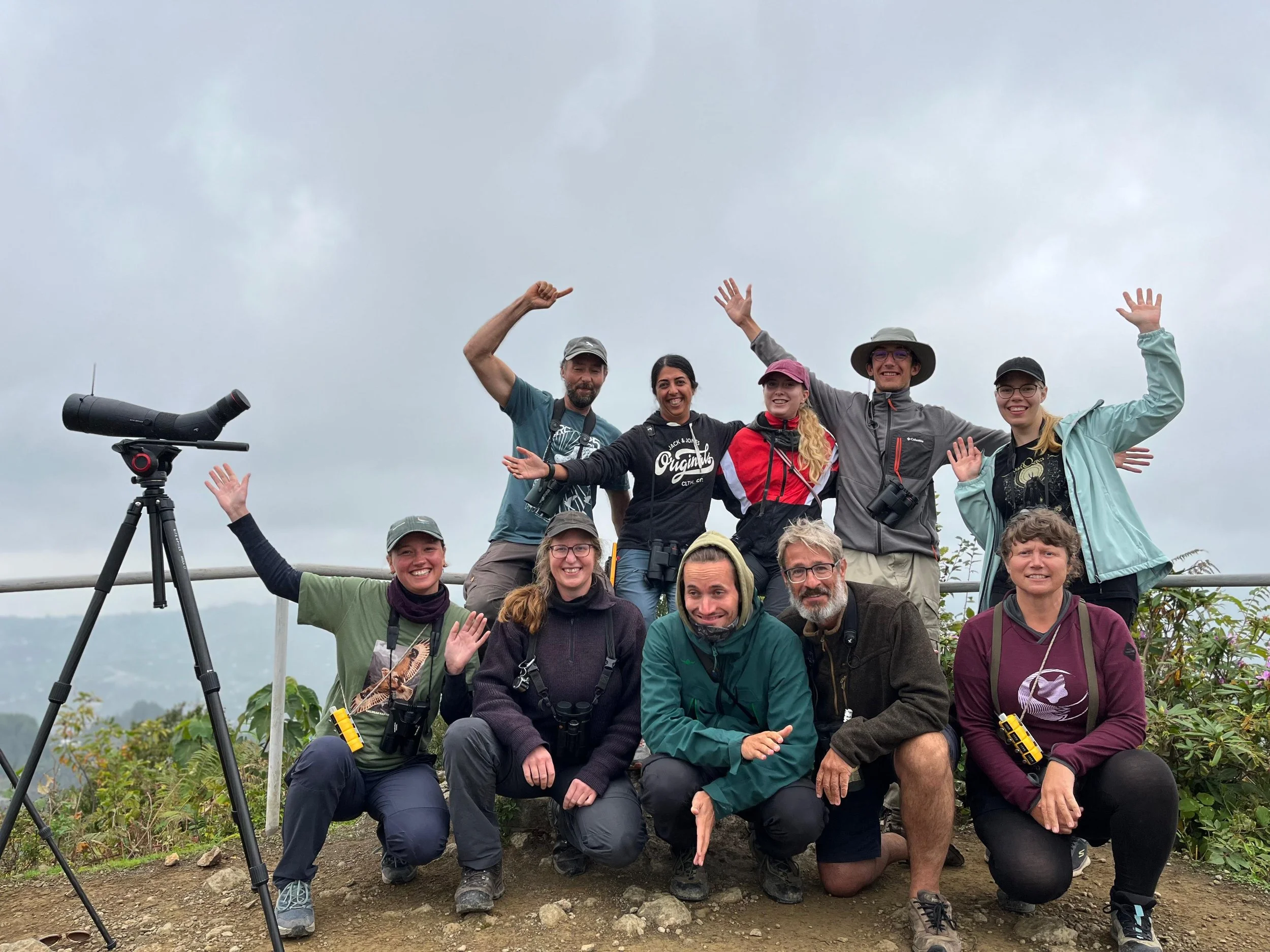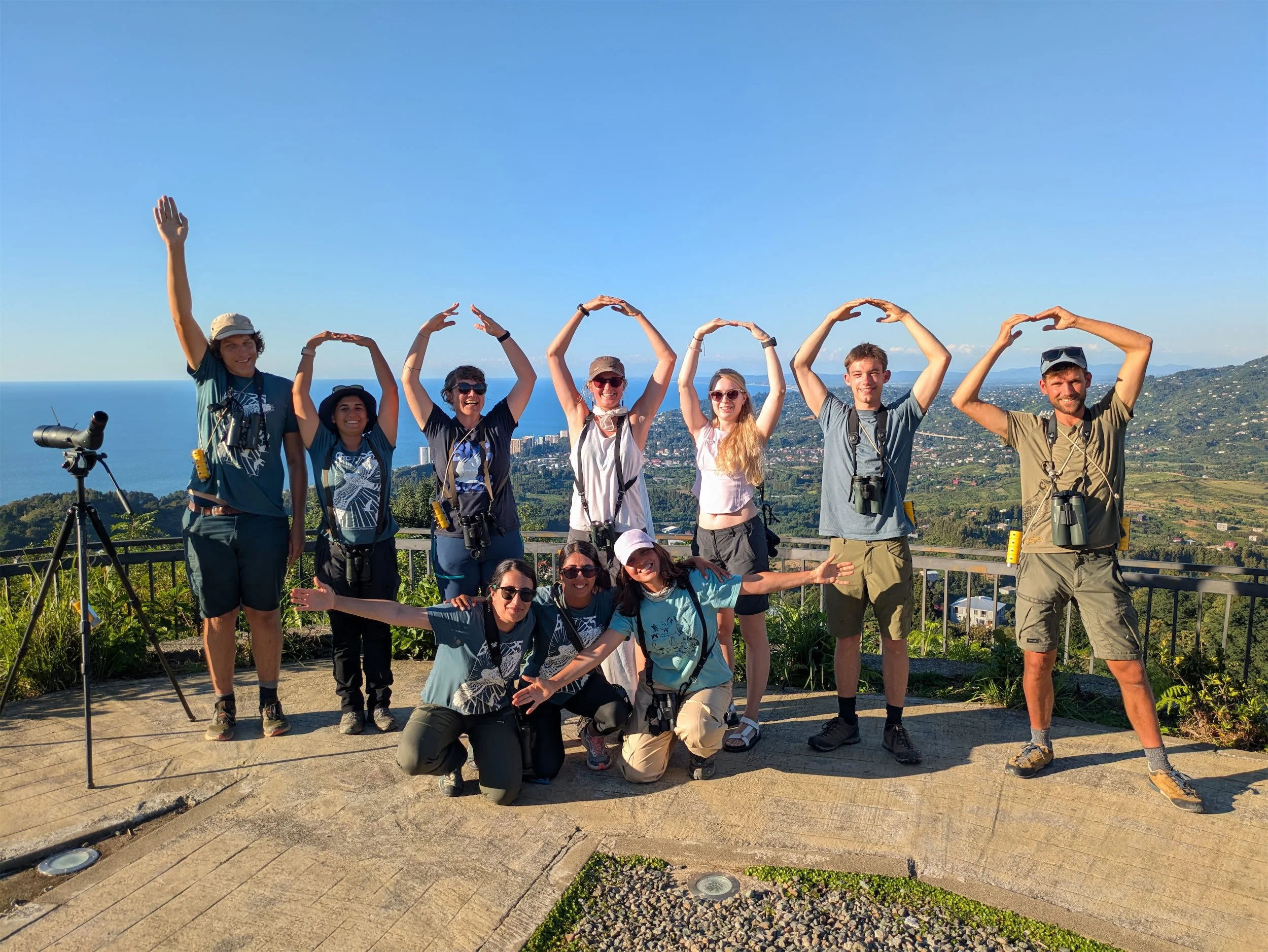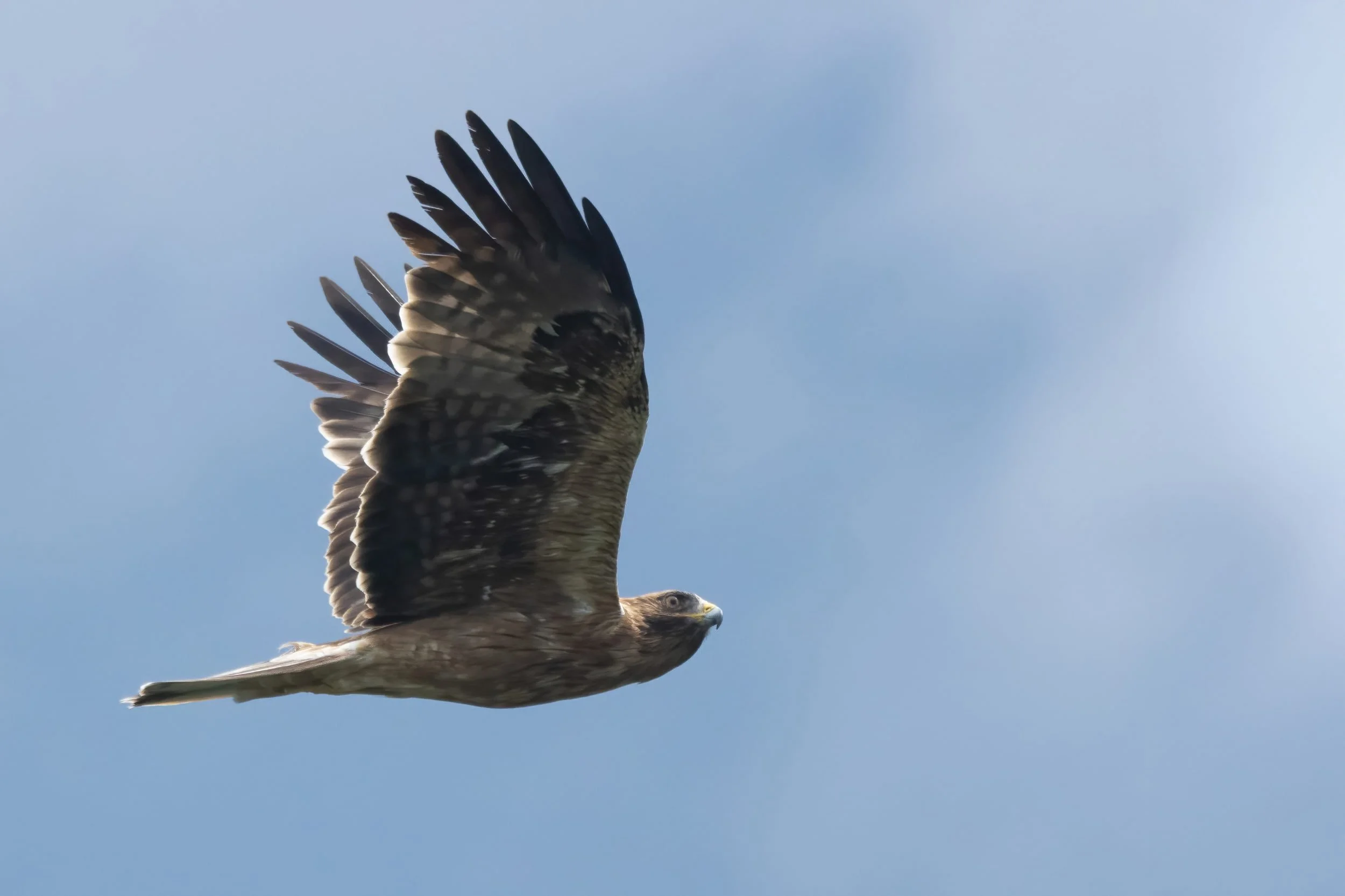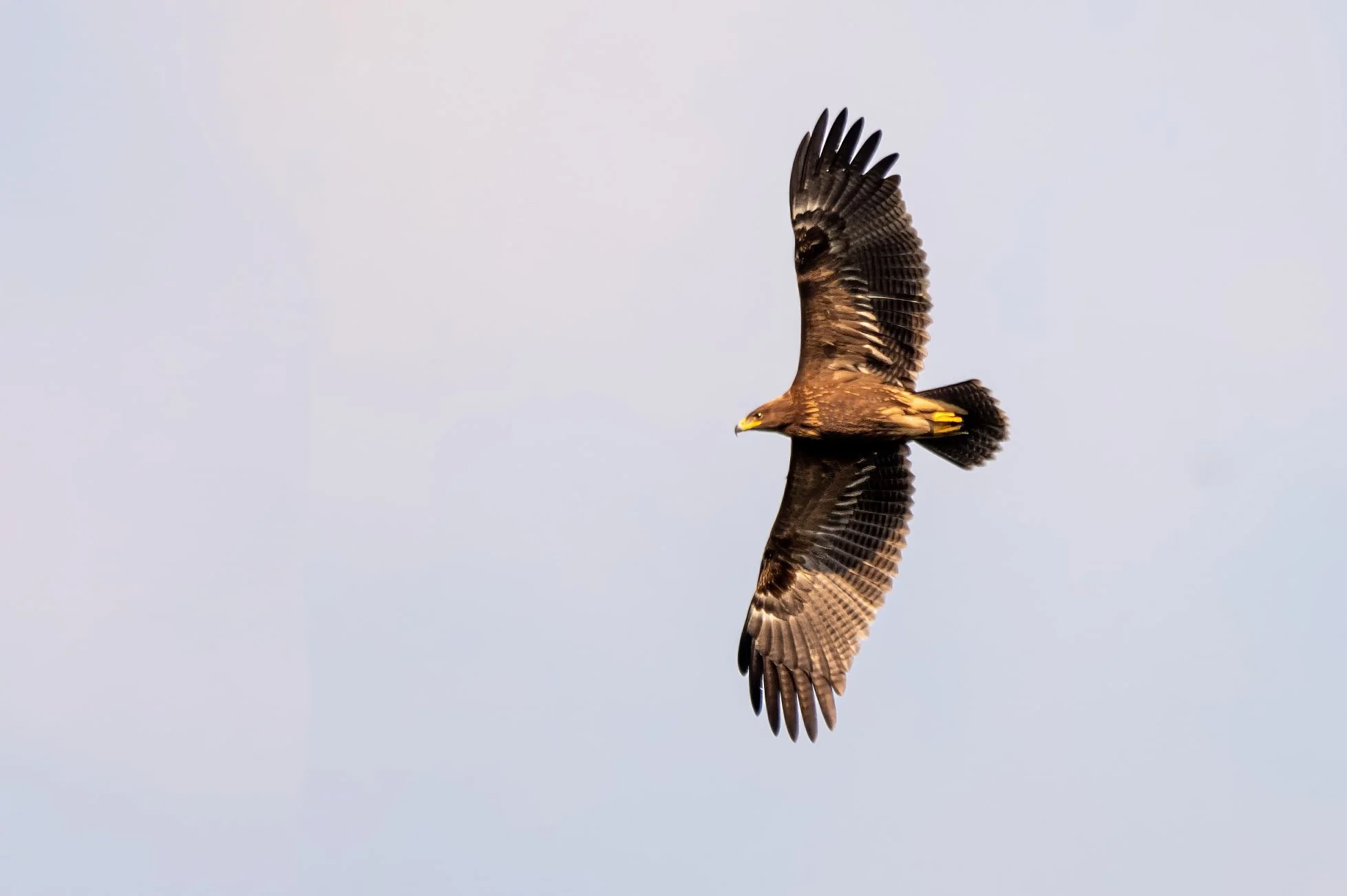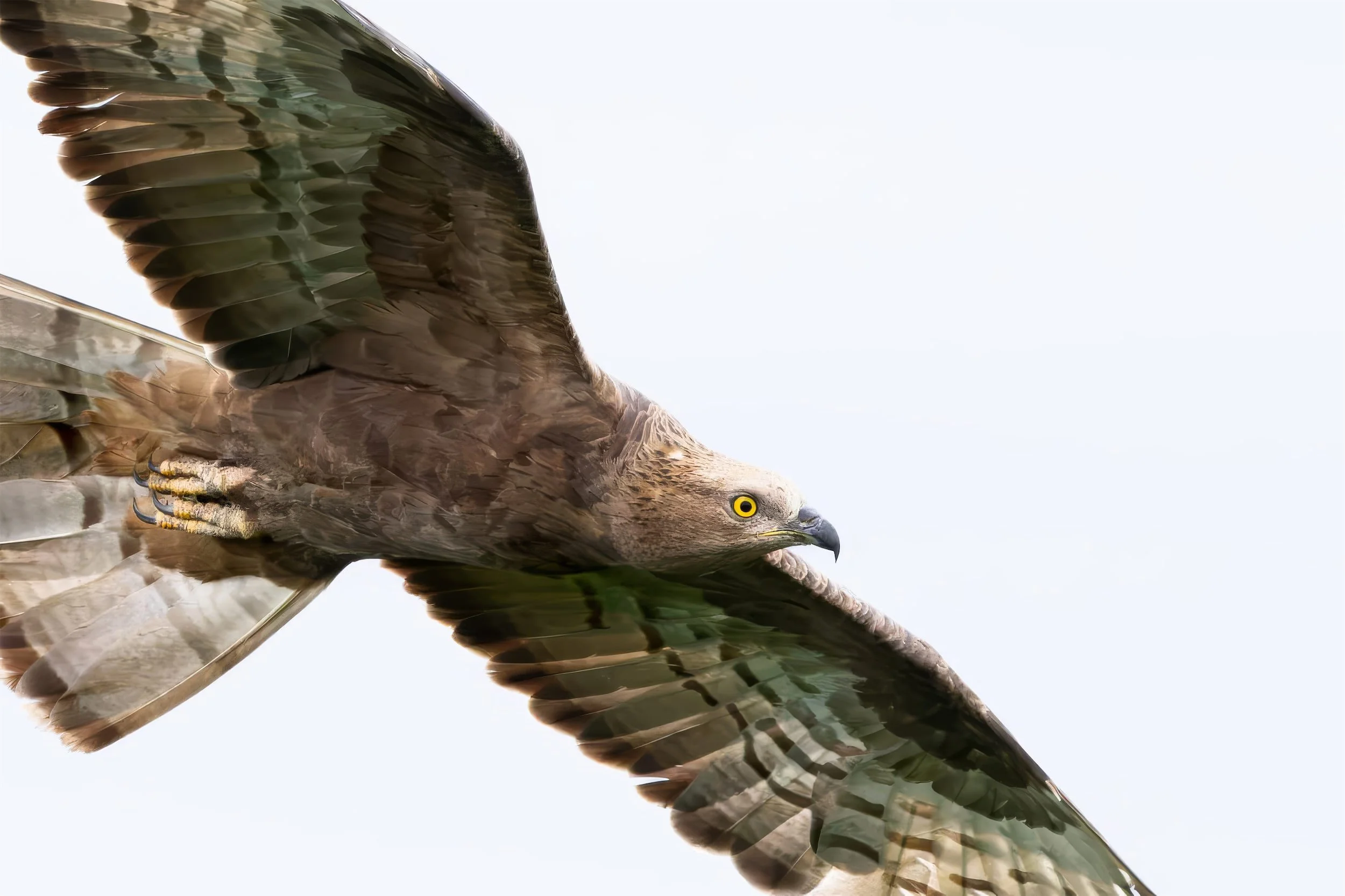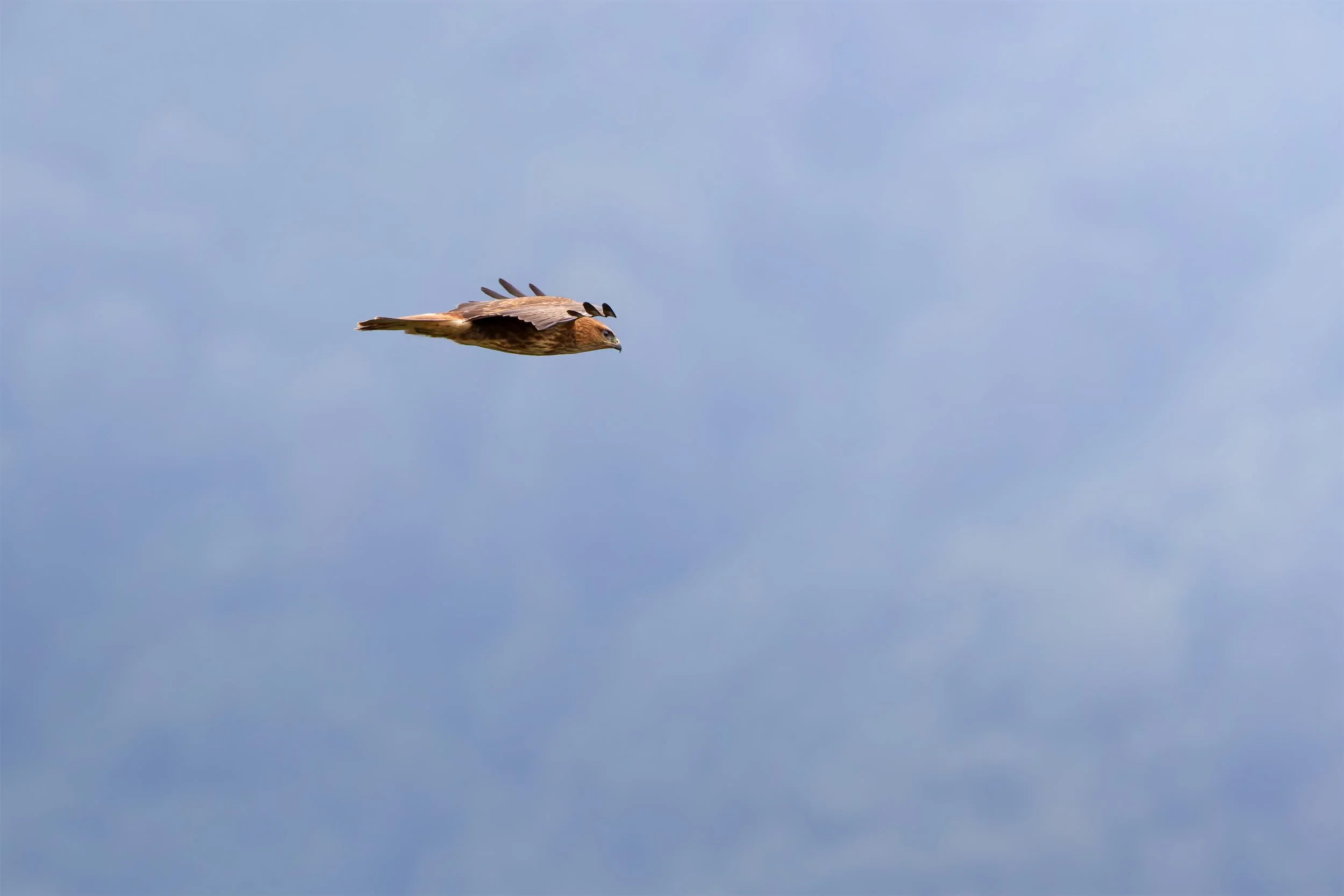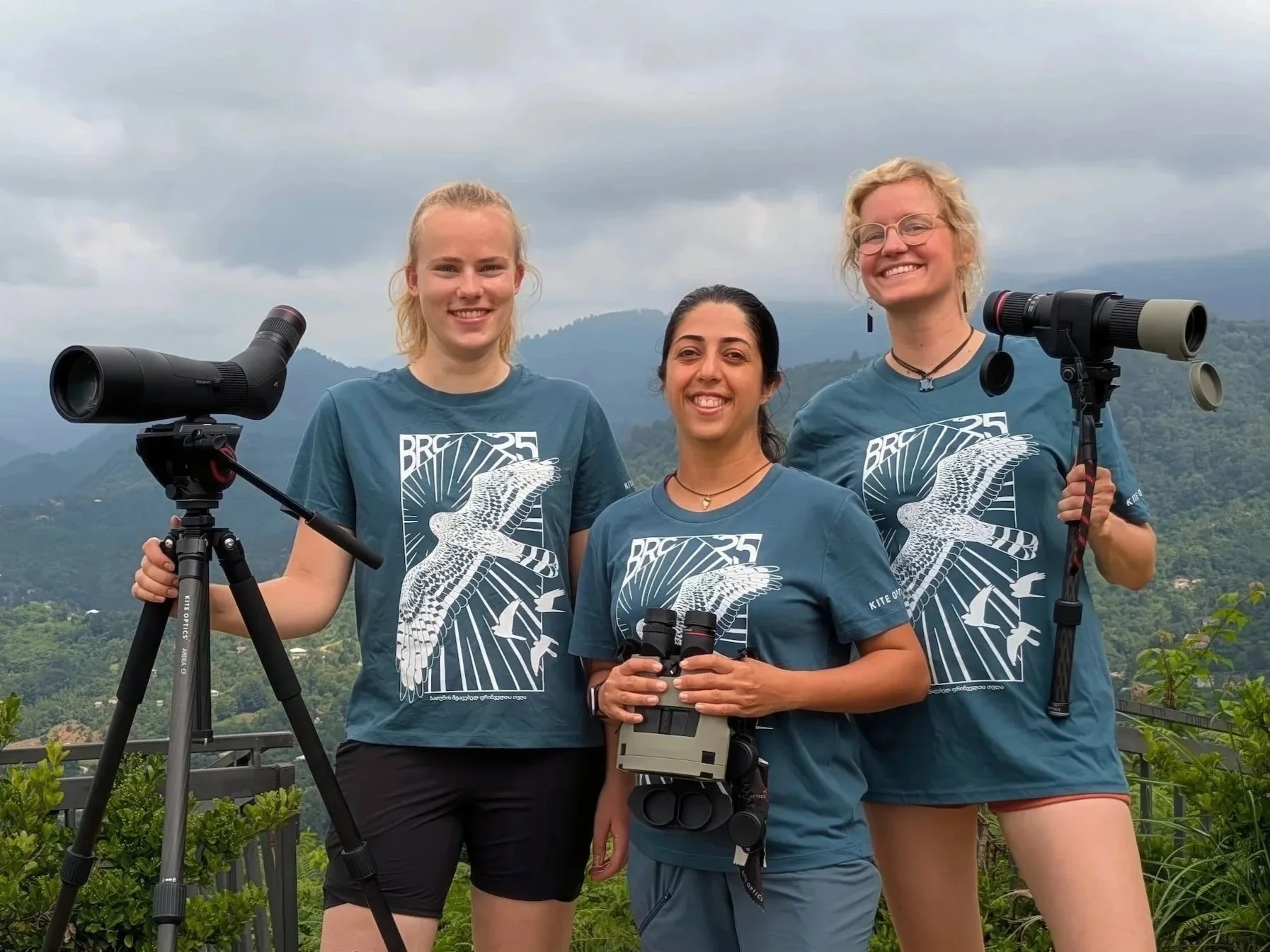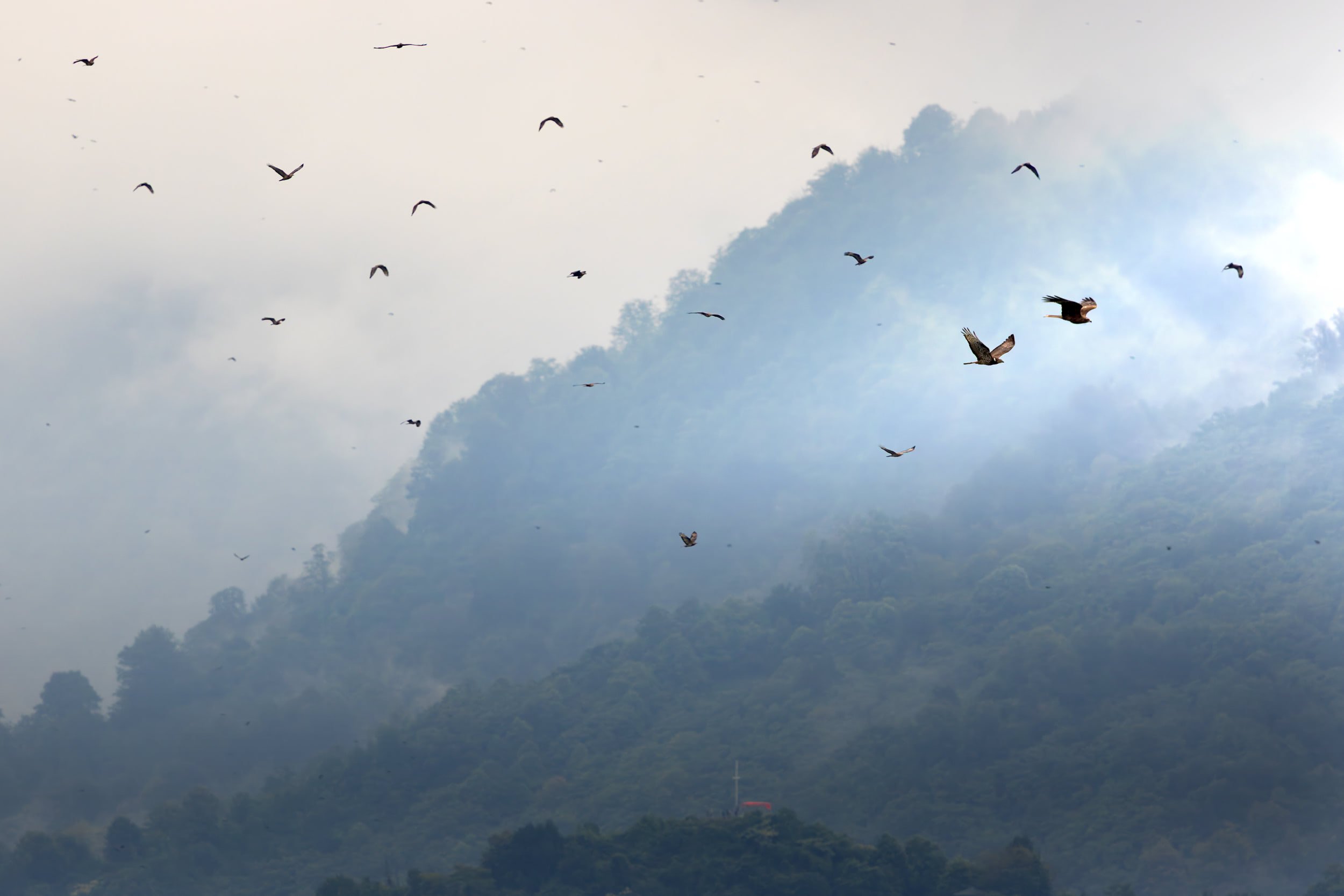
17th Batumi Raptor Count
This year, we bring you the updates from the field on our website as well — not just via our social media channels, newsletters and daily count updates. Let us know in the comment sections what you think of this new approach.
Updates from the field
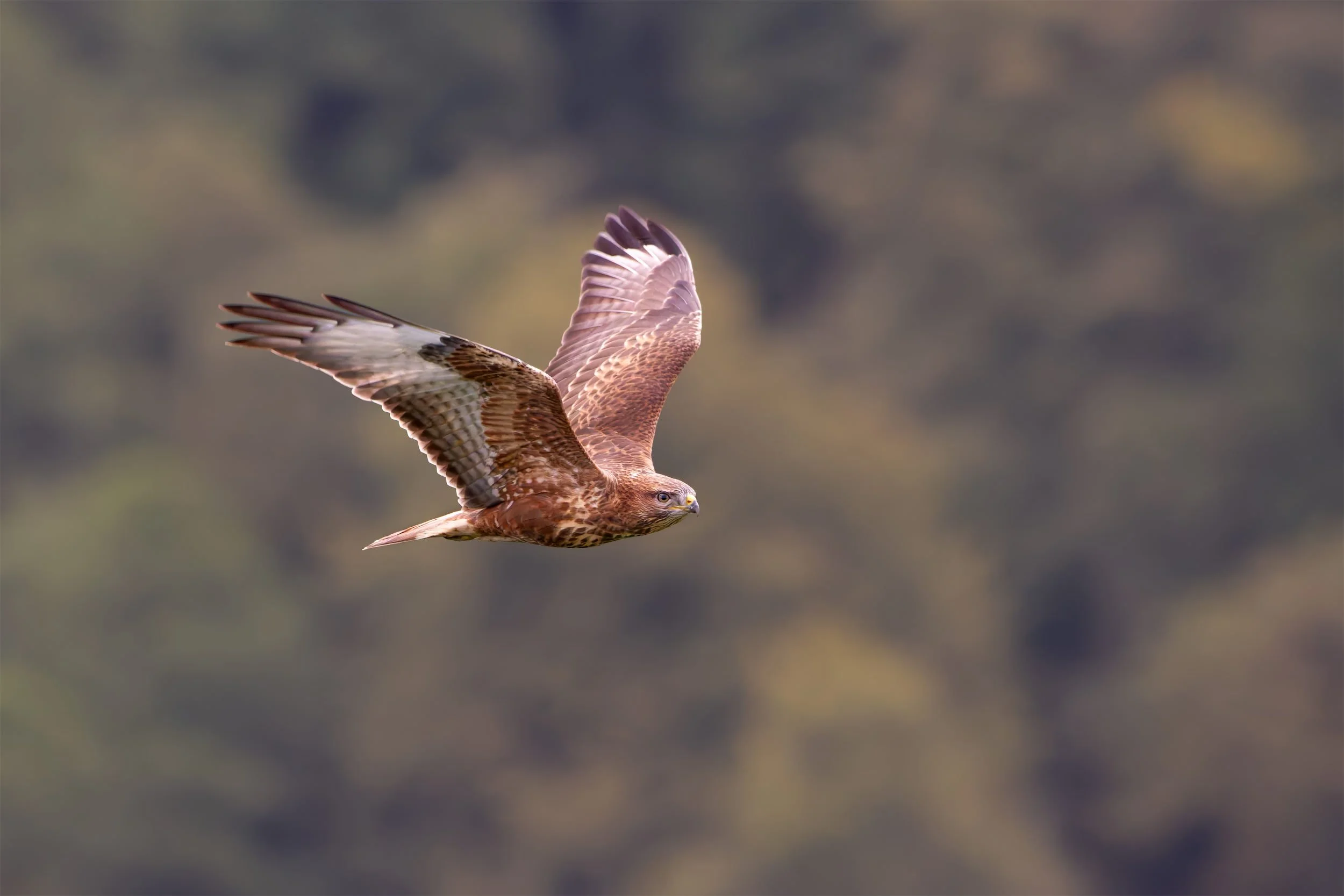
And… it’s a wrap. What a season!




